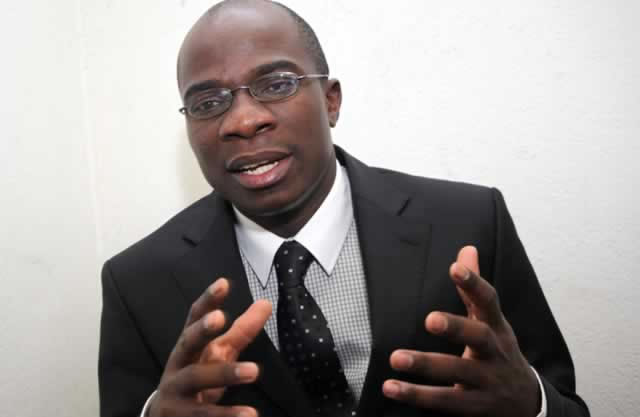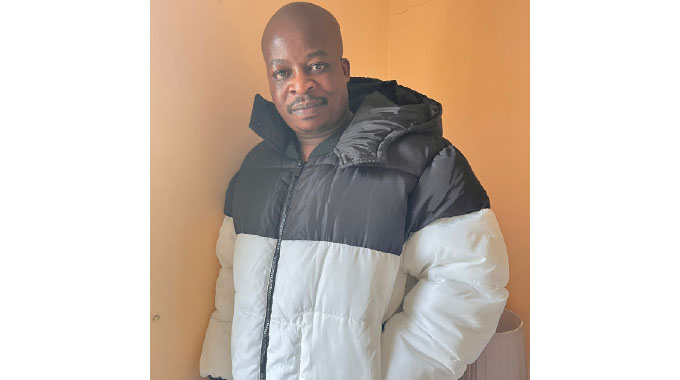Minister meets Mash East stakeholders

Grace Chingoma Senior Sports Reporter
SPORT and Recreation Minister Makhosini Hlongwane yesterday met with sports stakeholders in Mashonaland East to get an appreciation of the state of sport in the province and the challenges they are facing.
The hardworking minister had toured three provinces — Bulawayo, Matabeleland South and Midlands — in an exercise which will see him tour all the 10 provinces meeting the sport stakeholders.
Representatives from eight districts in the province from different organisations such as National Association of Primary School Heads, National Association of Secondary School Heads, provincial representatives from netball, handball and cricket, to mention but a few, turned up for the meet- ing.
They came from as far as Mudzi and Uzumba Maramba Pfungwe for the indaba.
The Minister of State for Provincial Affairs for Mashonaland East, Ambrose Mutinhiri, Marondera Central Member of Parliament Lawrence Katsiru as well as provincial educational officials and Sport and Recreation Commission provincial officials attended the meeting.
Before addressing the gathering, Hlongwane was given a report on the state of sport in the province by Sports Commission sports co-ordinator for Mashonaland East Tellmore Chibanda, who highlighted that the major challenge in the province was that most associations were well structured.
She said only ZIFA had structures from district level.
“We have financial constraints to support provincial sporting activities. We are one of the biggest rural provinces with lots of raw and untapped talent.
“The facilities are in deplorable condition, for example, in our town we have no athletics field suitable for hosting competitions,” said Chibanda.
In his keynote address, the Mberengwa East legislator said the absence of proper structures was hampering the progress of sport.
“My short stint at the Ministry of Sport and Recreation has revealed deep structural faults within the pillars of what should be an impregnable sport and recreation sector,” said Hlongwane.
“The obvious threat posed by this tectonic misalignment has spurred my ministry to immediately engage in wide consultations with key players across the length and breadth of the sport and recreation sector.
“The absence of a clear organisational structure, which seamlessly integrates all layers of sport and recreation development, from the grassroots to elite sport, has corroded the capacity of the sector to develop to its optimum potential.
“Indeed, the absence of clear and deliberate institutional interventions at the grassroots level by government, our national sports associations and our social partners as well as local authorities has hemorrhaged and created a blind spot, fogging our ability to fully exploit the latent potential that is resident in our sport and recreation industry, both for success in podium-performance as well as contributing to the national gross domestic product.
“The current sport and recreation organisational structure is by and large still a mimic of the pre-independence organisational structure of the same sector, with residual colonial eggs still by and large hatching and exposing the same abhorrent imbalances that in this day surely belong to our museums.”
Hlongwane said there was need to implement a comprehensive community sport and recreation development and promotion program- mes.
“Clearly this state of affairs, which is marked by weak promotion of the sport brand, inadequate human resources and facilities deployment can be addressed through implementation of a comprehensive community sport and recreation development and promotion programme.
“It is, therefore, important for each stakeholder to identify and understand their role as far as community sport and recreation is con- cerned.
“In order for this programme to be a success, all national sport associations must activate and install a community club system,” said Hlongwane.










Comments